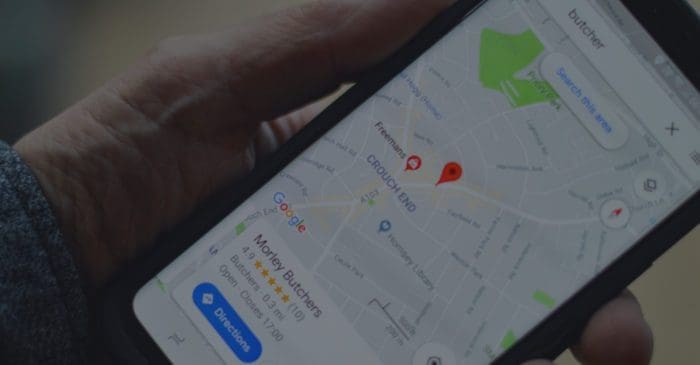Local Search Engine Optimization (SEO) is the process of improving a website’s local visibility across search engines organically. Local SEO can be done in many ways but is most often determined by the industry and the community that surrounds a local business. Accordingly, local optimizations can be completed directly on a given website, on related directories, or across various online channels.
Why local SEO is a key investment for most businesses
For businesses targeting clients geographically, it is important to invest in online local optimizations because search queries increasingly include local intent. A recent study found that 92% of millennials have added the terms “near me” in their online search queries to find relevant local offerings.
The increase in local search intent may also be related to the increase in mobile usage coupled with Google’s rollout of new local pack features. The new local features allow users to view information in one click, without having to visit sites or directories. A report by Moz found that 64% of local marketers surveyed attested that Google organic local packs are an important go-to resource for consumers. This highlights the urgency for businesses with local markets to optimize their online information to be readily available to stay visible and competitive.
Further, many consumers will consult the reviews of local businesses to inform their decision to transact or not, while 40% will use star ratings to narrow their choices. Likewise, local SEO can help showcase client reviews, success stories, or case studies.
SweetIQ: a platform facilitating local search optimizations
SweetIQ is a local listings and directory management platform. It allows you to submit consistent and accurate business information to multiple directories simultaneously. Within the platform, you can view, edit, and optimize your data across channels. Furthermore, you can respond to customer reviews coming from Google my Business, Facebook, Trip Advisor and Yelp.
The SweetIQ platform also provides performance insights of local listings and generates detailed figures related to buyer intent and ROI.
Interview with SweetIQ Local Search Specialist – Nathaly Brosseau
Q: What is your current role at SweetIQ?
A: “I’m the Sales Enablement Operations Manager at SweetIQ in Montreal. I oversee
operations and support the Sales team through coaching, ensuring they have the tools and content to help their clients with their local marketing strategies. I also manage direct accounts.”
Q: What is your background and how did you become a local search specialist?
A: “I started my career in the print industry as a Sales Rep but quickly got the bug for
digital marketing. I was part of the agency world when the print to digital movement
started so I got to see the evolution first-hand. At first, it was direct mailing and email
campaigns at the agency which led to my position at TC Media where I got to manage Mobile apps, such as Stationnement de Montreal, email campaigns, SMS campaigns and digital flyers with some of the largest brands in Quebec. From there my path led me to the foundation of digital marketing, at SweetIQ, where I have been for the last 2 years.”
Q: What are some common challenges businesses come across in local search?
A: “It’s overwhelming! There are a lot of ‘things’ and ‘tactics’ they can do to improve their ranking and make sure they are being found – but it’s hard to know where to start. The customer journey is often talked about – and we know it’s complex, but we don’t often get the magic fix for the problem. They want to rank higher than their competitor.”
Q: How do businesses overcome these challenges in local search?
A: “They’re a few strategies that can be used to overcome these challenges such as:
- Optimizing their website & SEM (i.e.: long tail keywords).
- The foundation is really about making sure they can be found. Therefore, managing their listings.
- They need to create any missing listings and optimized the existing ones on the top directories, not just Google. This means having accurate and consistent NAP (name, address, phone number), URLs, hours of operations and so on across the board.
- Maintain them! It’s also best practice to add fresh content, descriptions, update pictures and data on a regular basis in order to improve SEO.
- Answering their reviews, increase interaction with their clients and manage their brand.
- Tracking these efforts is key.
- Diving into the analytics to give them extra visibility, measure engagement, clicks-to-address and calls that point to clear buying intent and prove their ROI.”
Q: Given that some industries are highly competitive in local search, what methods in tandem with SweetIQ are businesses using to drive conversions?
A: “SEM & SEO are the obvious two answers here. But businesses that are winning at local are implementing geo targeting, retargeting, and looking to localize their branding.”
Q: What are some innovations happening in the local search industry at the moment?
A: “Optimize for voice search, getting ahead of AI and seeing how this technology can fit your industry and help you connect in more meaningful ways while gathering the data you need to stay strategic.”
Given the rise in local search intent and the continuous innovations to bring local business information to our fingertips, it is more important than ever to optimize for local SEO.
For more insights about local SEO Trends, see our recent blog post on 2019 SEO Trends.
Contact us for a tailored local SEO proposal for your business.
